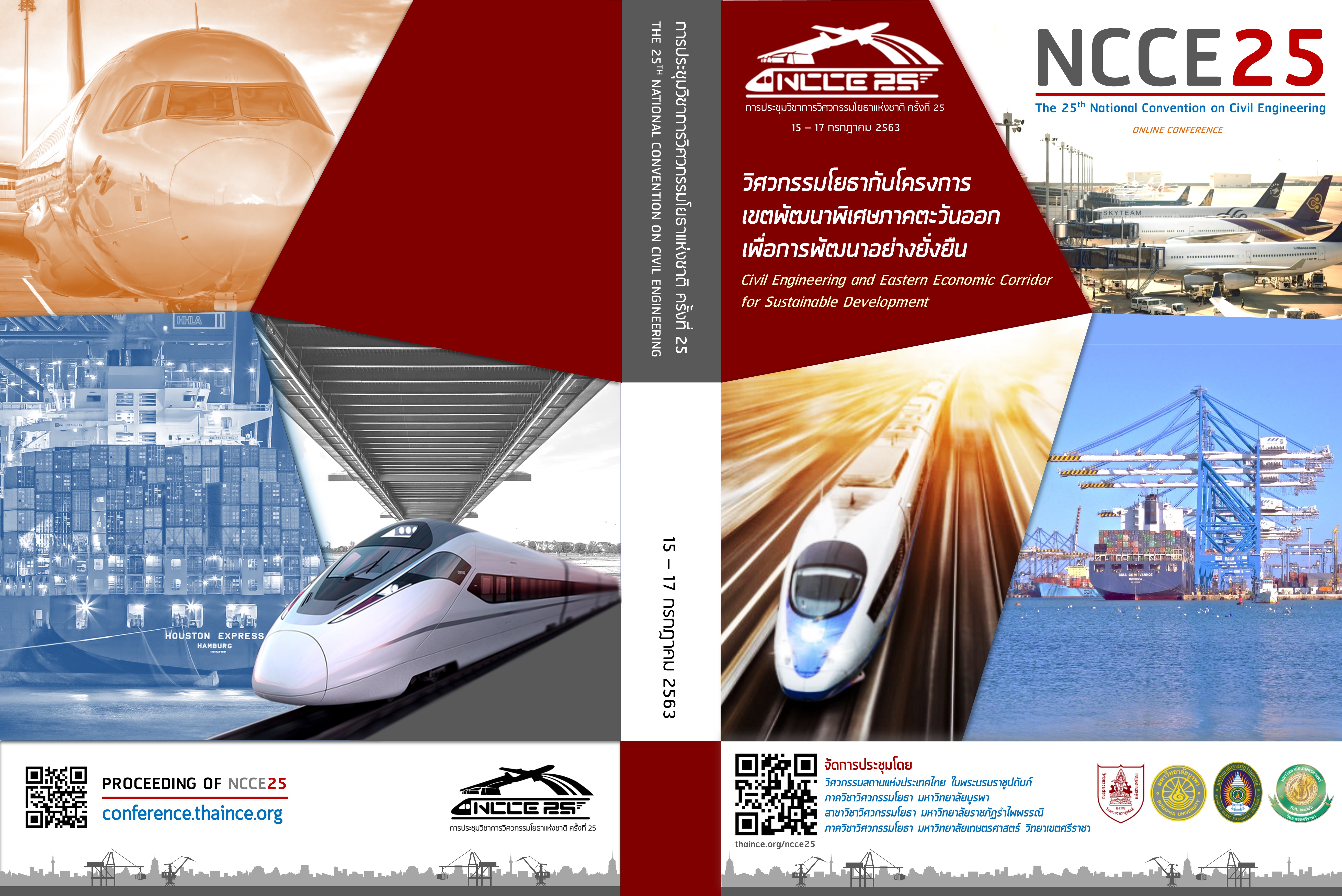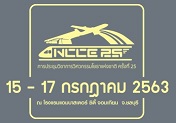Modal Choice after Opening New Railway in Bangkok - Case of Dark Red Line –
คำสำคัญ:
Multinomial Logit Model, Dark Red Line (DRL), Service Level, urban Railwayบทคัดย่อ
Although urban road traffic studies have been conducted extensively in Bangkok, the survey of demand elasticity for service levels such as travel time, fare, and frequency of the urban rail transit has not been insufficiently carried out and understood. Thus, it is impossible to estimate the number of railway passengers accurately and set the service levels for the urban railways currently being developed. Therefore, it is strongly required to clarify the influence of service levels on railway demand. For that purpose, we conducted a stated preference survey along the Dark Red Line (DRL) that is scheduled to open later this year. We estimated a discrete modal choice model and examined the choice preference concerning fare, travel time, and frequency. The survey was conducted in the vicinity of DRL stations, namely Rangsit and Thammasat University stations. Among the 243 samples collected, 174 are valid and completed. A multinomial logit (MNL) model was estimated where the likelihood-ratio and hit-ratio are satisfied. The results revealed that shorter travel time and more comfortable access transportation are significantly preferable. On the other hand, variation in fare level did not have a significant effect on mode choice.
Downloads
ดาวน์โหลด
เผยแพร่แล้ว
วิธีการอ้างอิง
ฉบับ
บท
การอนุญาต
บทความทั้งหมดที่ได้รับการคัดเลือกให้นำเสนอผลงานในการประชุมวิชาการวิศวกรรมโยธาแห่งชาติ ครั้งที่ 25 นี้ เป็นลิขสิทธิ์ของ วิศวกรรมสถานแห่งประเทศไทย ในพระบรมราชูปถัมภ์



